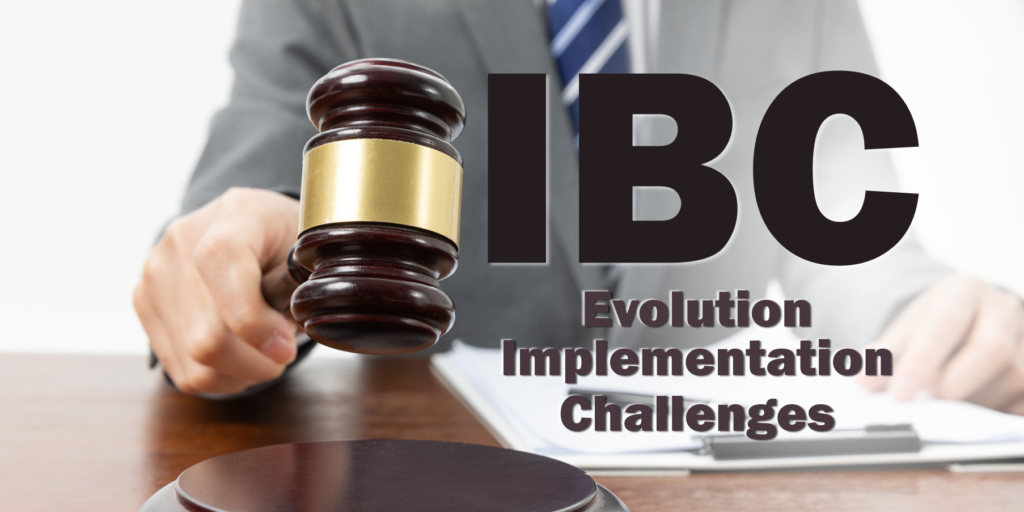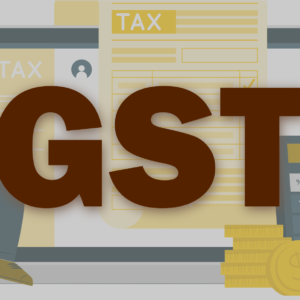
Bankruptcy laws in India have undergone significant transformations over the years, aiming to provide a robust framework for the resolution of insolvency cases. Before the enactment of the Insolvency and Bankruptcy Code (IBC) in 2016, India lacked a consolidated and streamlined legal framework for insolvency and bankruptcy resolution. The insolvency regime was characterized by a fragmented set of laws, resulting in a time-consuming and often ineffective resolution process.
Before the IBC, India’s insolvency resolution was guided by laws such as the Provincial Insolvency Act, 1920, which applied to specific regions, and the Presidency Insolvency Act, 1909, which were specific to the presidency towns of Bombay, Calcutta, and Madras. While these acts provided a legal framework for insolvency matters, the coexistence of multiple laws led to a fragmented and often cumbersome system.
The Companies Act, 1956, and the Sick Industrial Companies (Special Provisions) Act, 1985, were the primary legislations governing corporate insolvency matters, but their limitations were evident. The resolution process was marked by delays, lack of a time-bound mechanism, and inadequate creditor protection. Liquidation was a predominant outcome, and the absence of a coherent legal structure meant that distressed companies faced prolonged legal battles, contributing to a challenging business environment.
The need for a comprehensive and contemporary insolvency law led to the formulation and implementation of the IBC, ushering in a new era in India’s approach to handling insolvency and bankruptcy cases. The Insolvency and Bankruptcy Code, introduced in 2016, marked a paradigm shift in India’s approach to resolving insolvency issues. It consolidated and amended existing laws to streamline the insolvency resolution process. The primary objective was to promote entrepreneurship, facilitate ease of doing business, and protect the interests of creditors.
Key Features of IBC:
- Time-bound Resolution: The IBC mandates a time-bound resolution process, with a maximum period of 330 days for completing the insolvency resolution.
- Adjudicating Authority: The National Company Law Tribunal (NCLT) plays a crucial role in the insolvency resolution process, acting as the adjudicating authority for corporate insolvency matters.
- Insolvency Professionals: The IBC introduced the concept of Insolvency Professionals (IPs) who are licensed professionals responsible for managing the insolvency process impartially.
- Committee of Creditors (CoC): A CoC is formed during the insolvency resolution process, comprising financial creditors who make key decisions regarding the resolution plan.
Differences from Past Laws: Compared to previous bankruptcy laws, the IBC is a comprehensive and time-bound framework that prioritizes the interests of creditors and aims to revive the corporate debtor wherever possible. It shifts the focus from liquidation to resolution, promoting a more efficient and effective insolvency resolution process.
Issues Observed in IBC: While the IBC has brought about positive changes, certain challenges have surfaced. Lengthy legal battles, ambiguities in the law, and delays in the resolution process have been observed. Operational issues, such as the scarcity of insolvency professionals and infrastructure challenges at the NCLT, have also been notable concerns.
Expected Improvements:
- Capacity Building: Strengthening the infrastructure of the NCLT and enhancing the capacity of insolvency professionals to handle the increasing caseload.
- Legal Clarity: Addressing ambiguities in the law and providing more clarity on certain aspects to minimize legal disputes and streamline the resolution process.
- Stakeholder Collaboration: Encouraging greater collaboration among stakeholders, including financial creditors, operational creditors, and corporate debtors, to facilitate smoother resolution processes.
In conclusion, the IBC represents a significant step forward in India’s insolvency and bankruptcy framework. While challenges exist, ongoing efforts to address these issues and further refine the system are crucial for fostering a more resilient and efficient business environment in the country.
Image credit: Image by wirestock on Freepik






